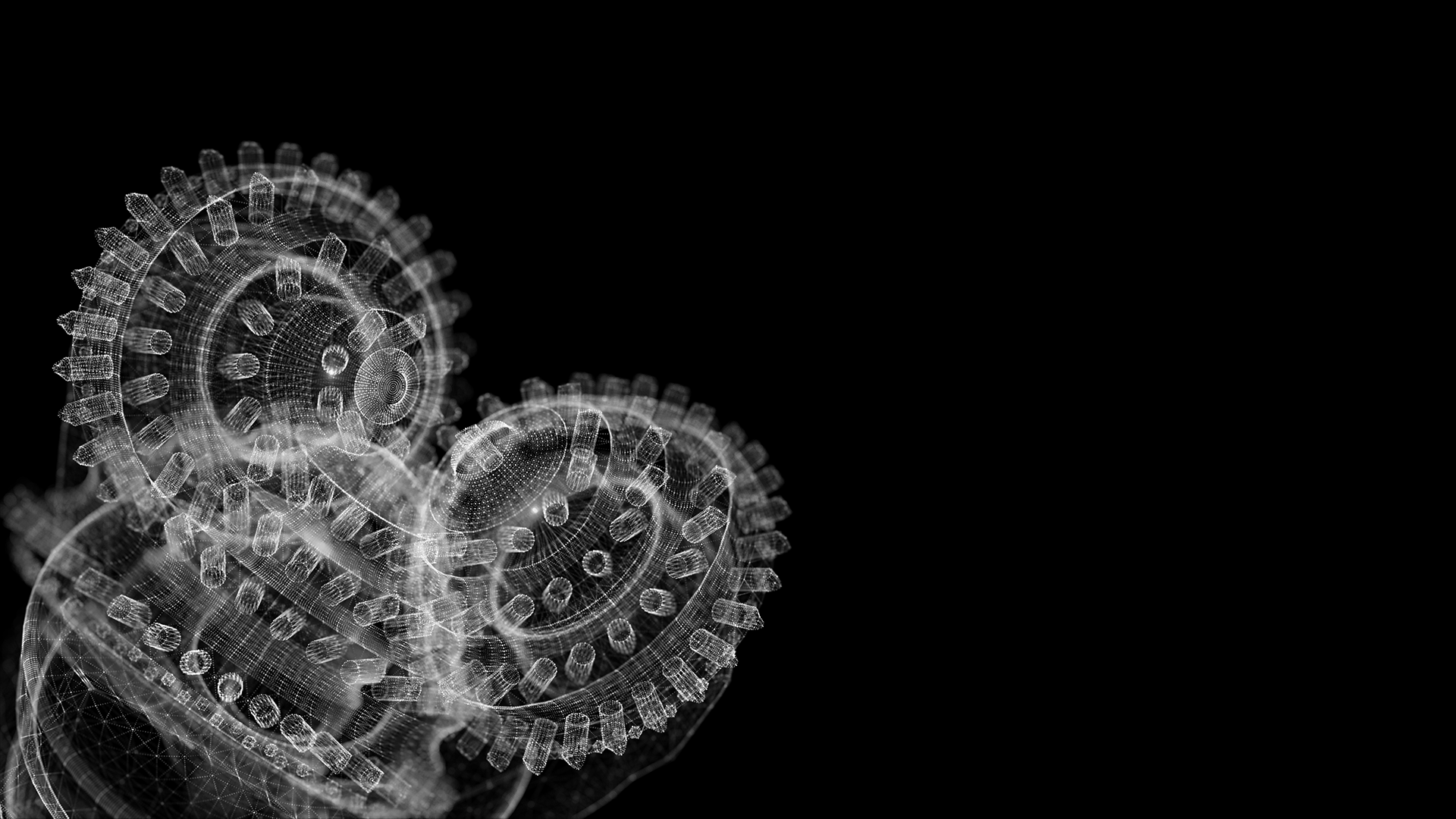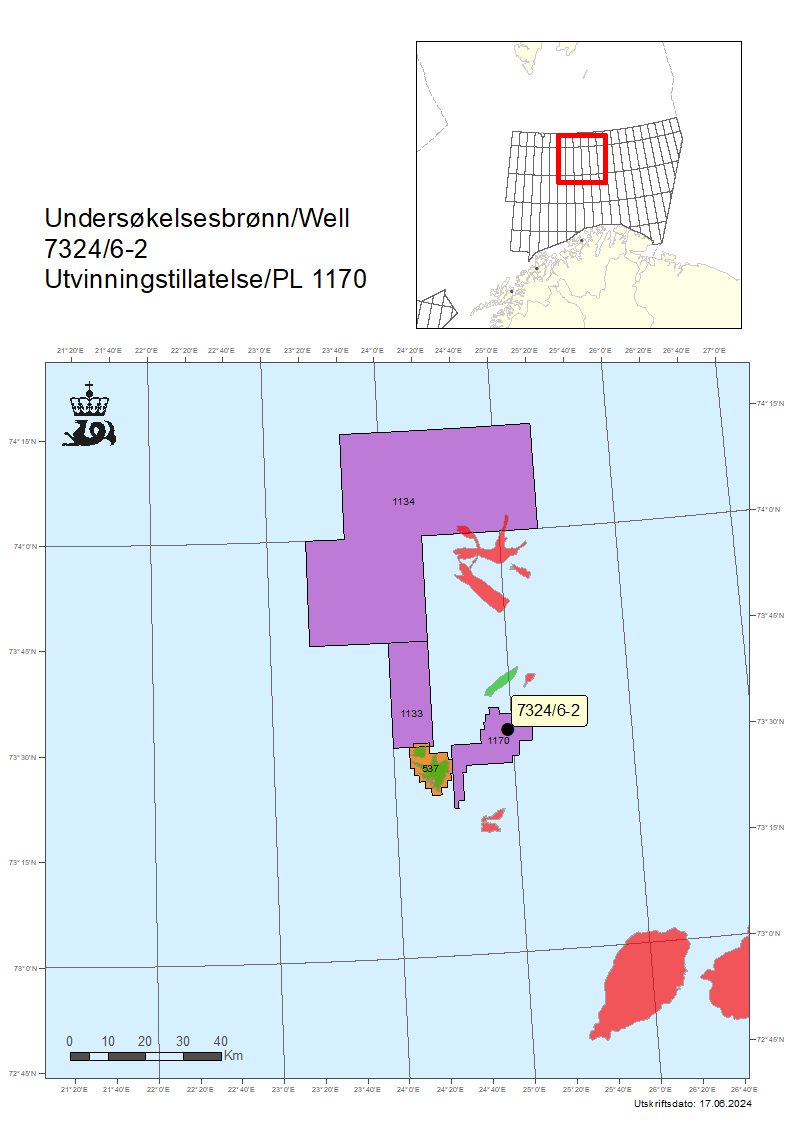Gas discovery in the Barents Sea (7324/6-2)

6/20/2024 Aker BP has made a gas discovery in exploration well 7324/6-2 – “Ferdinand nord” – in the Barents Sea.
This is the first well in production licence 1170, which was awarded in the Awards in Predefined Areas in 2022 (APA 2021). The well was drilled by the Scarabeo 8 rig.
Preliminary estimates indicate that the size of the discovery is between 0.52 – 0.75 million standard cubic metres (Sm3) of recoverable oil equivalent (o.e.). This corresponds to 3.3 – 4.7 million bbls o.e.
The licensees are assessing the discovery together with other discoveries and prospects in the area with a view toward a potential development.
Geological information
The primary exploration target for the well was to prove petroleum in Middle Jurassic to Upper Triassic reservoir rocks in the Stø and Fruholmen formations.
The secondary exploration target for the well was to prove petroleum in Upper Triassic reservoir rocks in the Snadd Formation.
Well 7324/6-2 encountered a 12-metre gas column in the Stø Formation in two sandstone layers totalling 10.5 metres, with good to very good reservoir quality.
The gas/water contact was not encountered.
The well did not encounter reservoir rock in the Fruholmen Formation.
Above the secondary exploration target, a 6-metre gas column was encountered in the Snadd Formation in a sandstone layer with moderate reservoir quality. The gas/water contact was not encountered.
Well 7324/6-2 encountered the secondary exploration target in the Snadd Formation with a total of about 40 metres of sandstone with poor reservoir quality, with traces of hydrocarbons.
The well was not formation-tested, but extensive data acquisition and sampling have been conducted.
Well 7324/6-2 was drilled to a vertical depth of 1246 metres below sea level, and was terminated in the Snadd Formation in the Upper Triassic.
Water depth at the site is 422 metres. The well has been permanently plugged and abandoned.

Director Communication, public affairs and emergency response
Updated: 6/27/2024